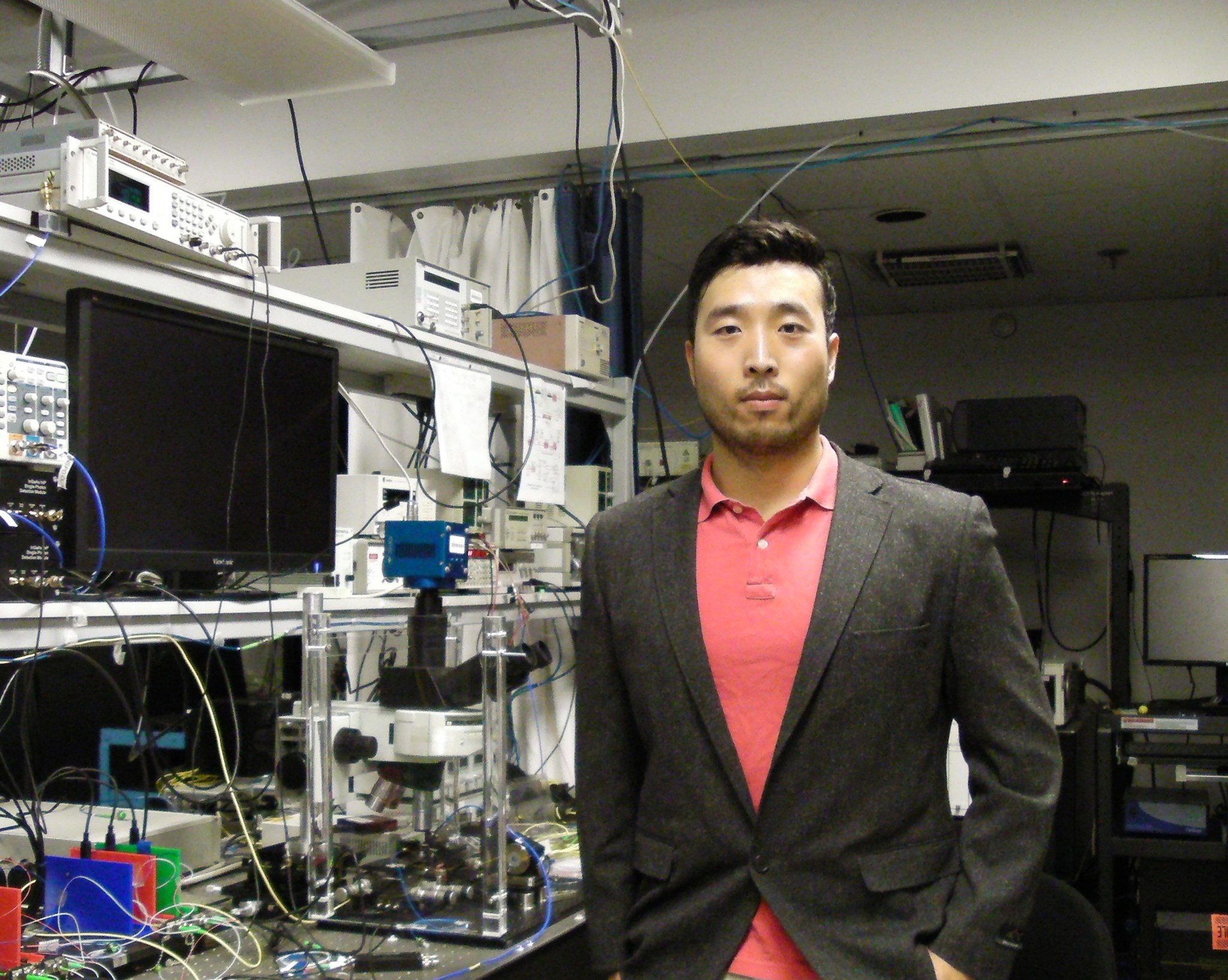Xiaoxi Wang
University of California, San Diego
This proposal is aimed to address level two “Optical Communication and Navigation” needs within the “5.0 Communications, Navigation, and Orbital Debris Tracking and Characterization systems” plan of the NASA Technology Roadmap. Specifically, I aim to address 5.1.7. Integrated Photonics, within the framework of coherent optical Inter-Satellite Links for space communications through the course of my graduate work.
Integrated Photonics is of now of practical interest for microelectronic interconnects and signal processing. Optical coherent communication, in which both the amplitude & relative phase of light is used to pack more information per unit bandwidth in a physical optical channel, is becoming the dominant method in terrestrial networks [1], and greatly benefits from chip-scale integration of the multi-branch modulators, mux/de-mux circuits, and detectors.
However, space optical communications (an emerging area of research not just for NASA and large agencies but also small-business micro/nano-satellite companies) is not yet ready to leverage these advantages. There are technical reasons for this shortcoming: Wavelength division multiplexing or coherent communications requires many lasers, which are inefficient and potential failure points. Mode-locked lasers are complex and expensive to stabilize. High-efficiency, high-bandwidth laser arrays have proved difficult to realize, and the state-of-the-art in heterogeneously-bonded lasers is very expensive, and temperature-sensitive.
My proposed research goal is to design a photonic transmitter microchip at 1.550 um wavelengths (the NASA-chosen wavelength for near-earth laser comm.) which can scale to 200 Gbit/s and beyond, with silicon photonic coherent optical communications. Off the-shelf single-laser optical transmitters used in current micro-satellites operate only up to 200 Mbit/s. To increase bit rate by such a large factor, we need to encode information on multiple carriers. I am developing a novel integrated photonic architecture in which an integrated recirculating frequency shifter (RFS) generates multiple carrier tones from only one seed laser diode [2]. The proposed research is to design a monolithic silicon photonic chip in which the seed laser is modulated by a single-sideband modulator and is fed back in a loop through tunable optical bandpass filters[3,4] and gain to generate a controllable number of “teeth” in a frequency comb. As my simulations in my 1st year at UCSD have shown, this requires fine control of both optical and RF phases and close co-design of the electronics and optics. Thus, this is a challenge in modeling both photonics and electronics, and design automation. With my background in industry CMOS at Cypress, and a year of optical simulation using Cadence and Lumerical behind me at UCSD, as well as in-lab optic measurements, I am prepared to tackle this problem. Thus, this proposal will also highlight some of the key issues on the cross-platform simulation environment necessary for developing this chip and the plan to address them.



























